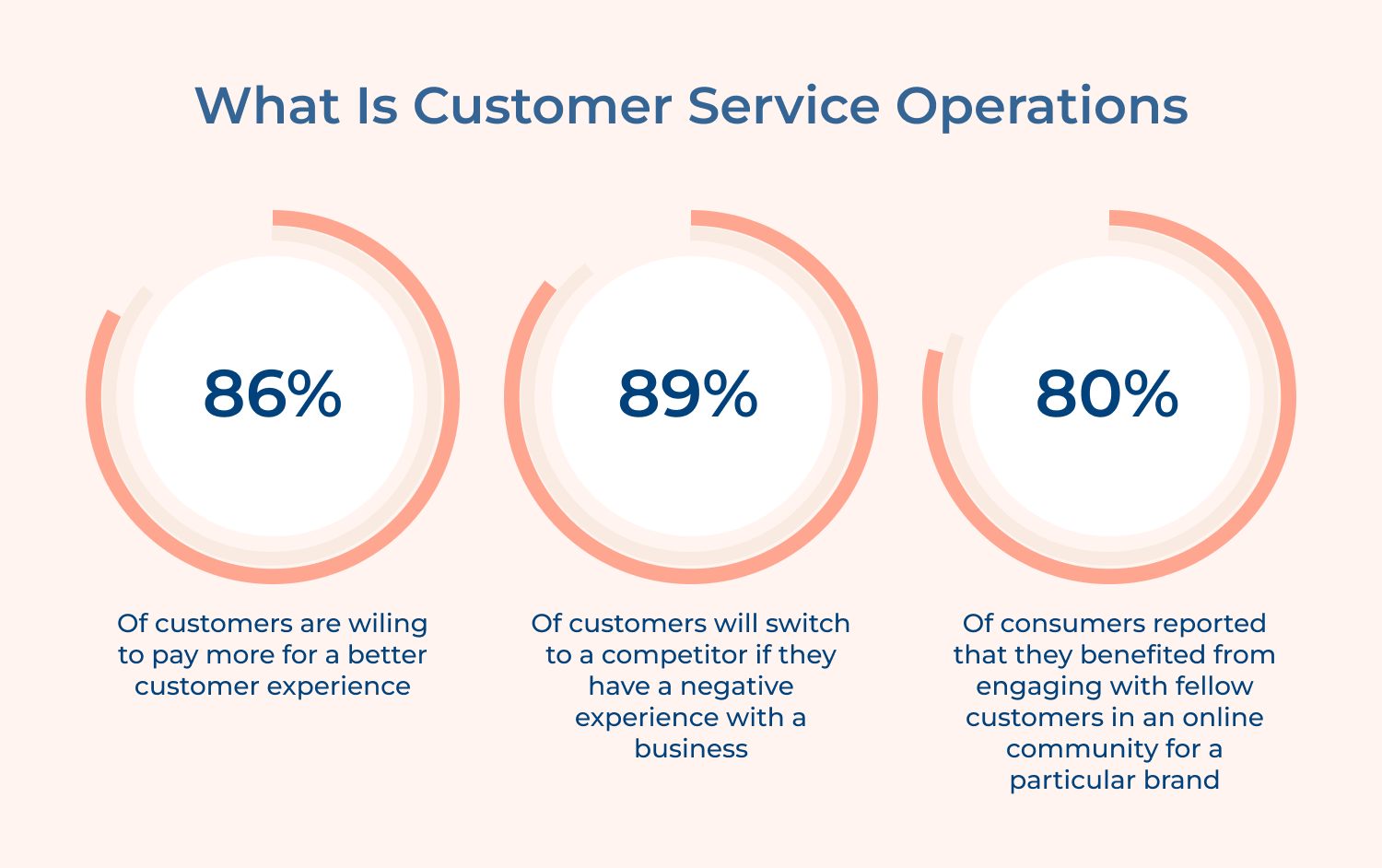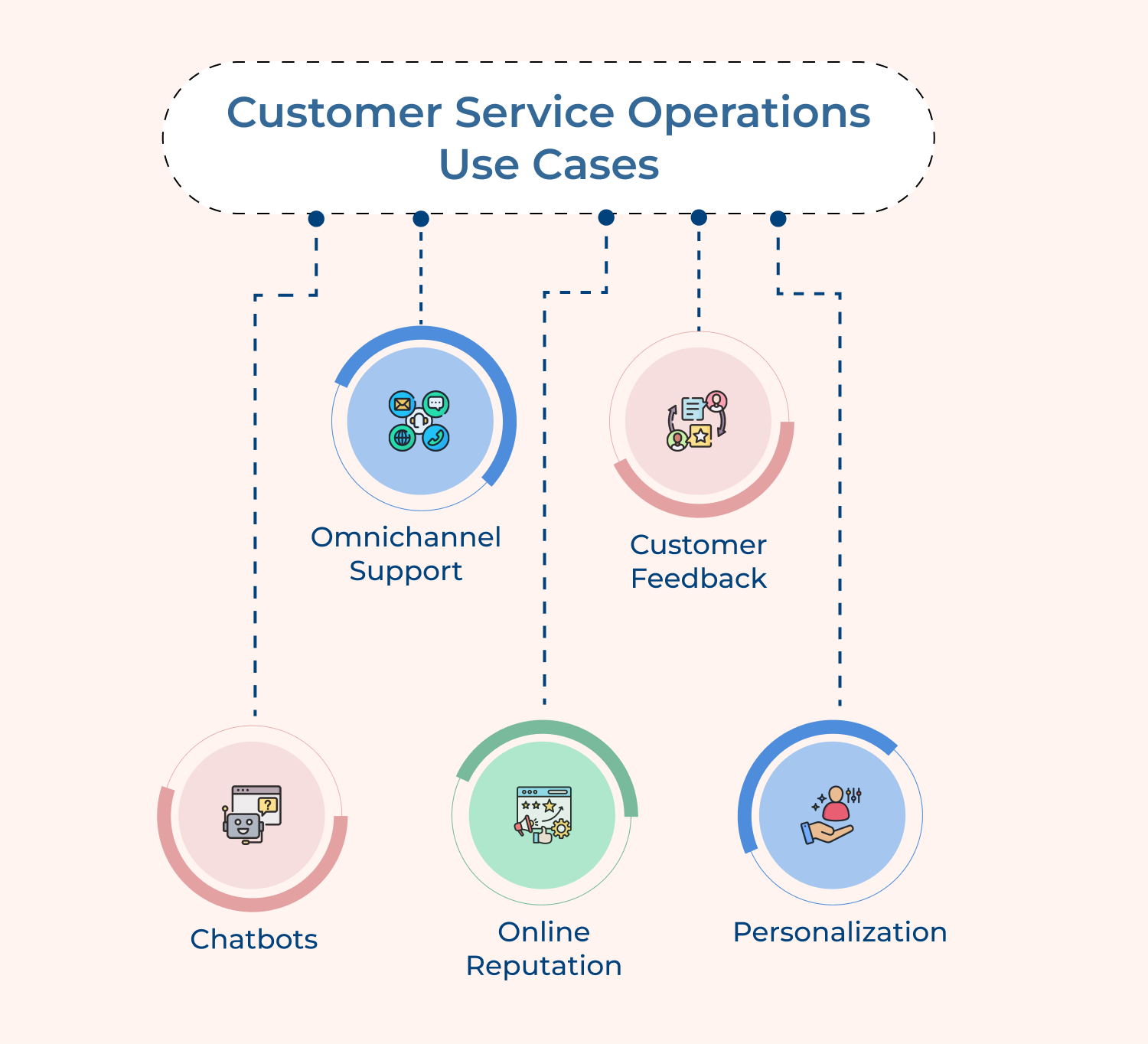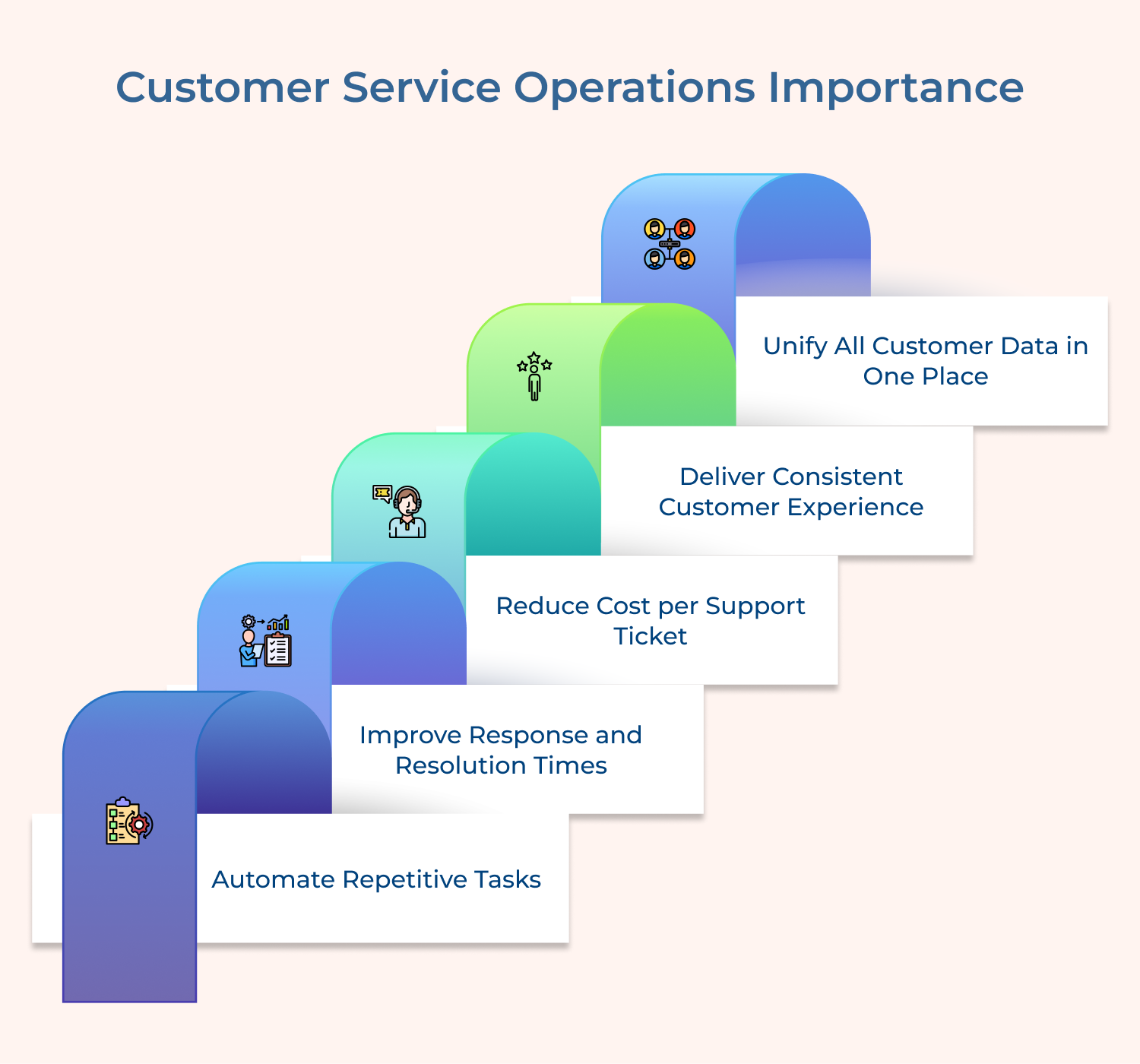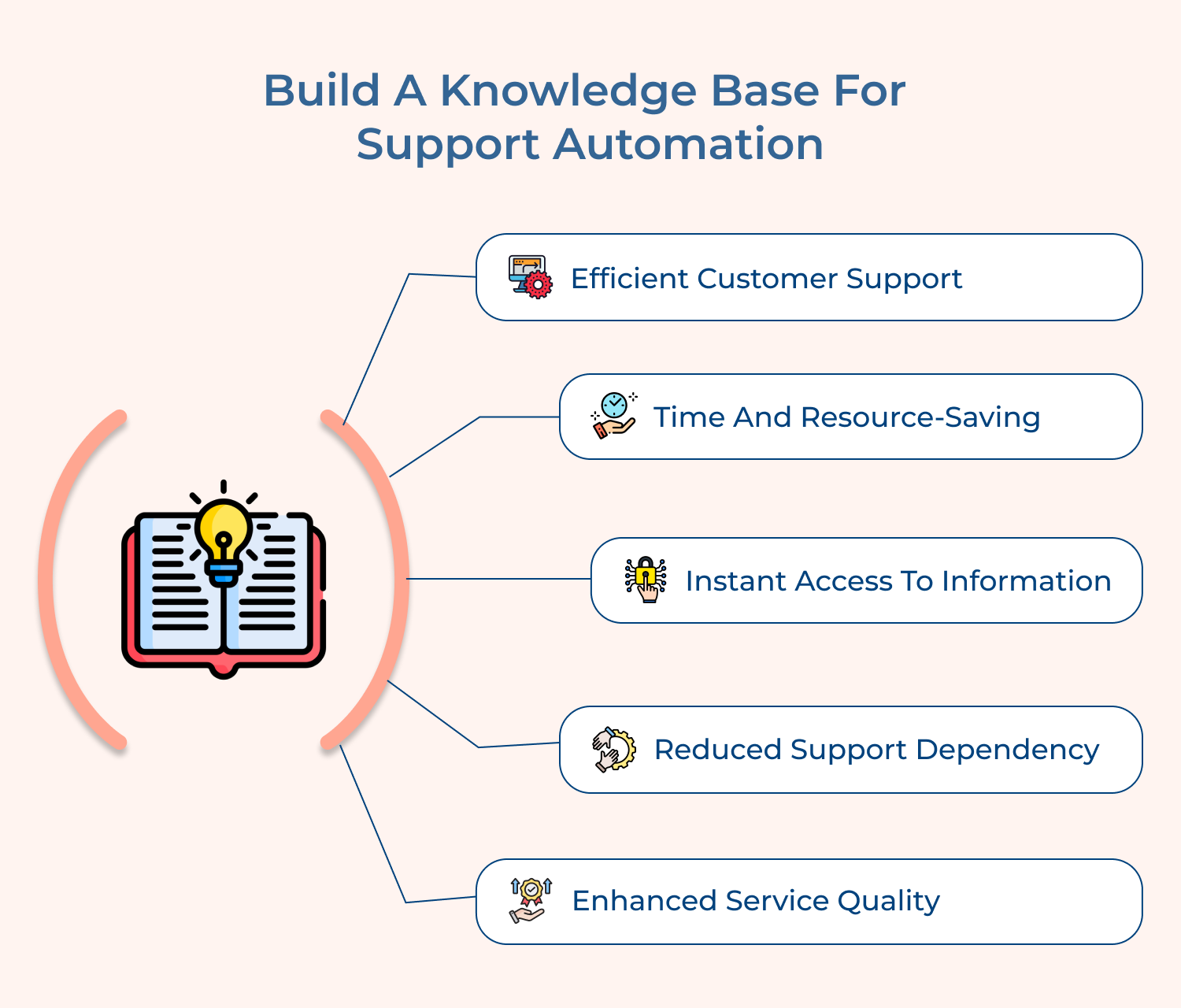Best practices to implement a knowledge base for customer service operations include:
- Build a comprehensive database: Identify the most frequently asked questions by customers and create a comprehensive database that addresses those specific queries.
- Simple to use: Ensure that the knowledge base is easy to navigate, with a clear and concise format, so that customers can quickly find the information they need.
- Make necessary changes: Monitor the performance of the knowledge base regularly to ensure that it is accurate and make necessary revisions based on customer feedback.
5. Implement an Omnichannel Customer Support Platform
An omnichannel customer support platform enables businesses to provide seamless customer support across all channels, such as email, social media, chat, phone and more. It’s a proactive approach that delivers a consistent experience to customers while improving customer satisfaction rates and loyalty. In fact, a research study found that companies using an omnichannel customer support strategy retain nearly 90% of their customers.
Best Practices for Implementing an Omnichannel Customer Support Platform:
- Define your customer support goals: Assess your current operations before implementing an omnichannel support system to ensure alignment and seamless operations.
- Train your support team: Train them to use the platform effectively by providing adequate training and resources to ensure they provide consistent as well as high-quality service.
- Monitor customer feedback: Identify trends, obtain insights into customer preferences & expectations, use the data to improve the service you provide as well as further optimize your approach.
6. Leverage AI Chatbots and Automation
AI chatbots minimize wait times and offer real-time support to customers, creating a positive customer experience. Companies can use AI chatbots to handle routine inquiries, freeing up human representatives to attend to more complex issues. Automation can streamline processes such as appointment scheduling and order tracking, further enhancing the customer experience.
Best Practices for Implementing AI Chatbots and Automation
- Define your customer support goals: Identify areas where AI chatbots could add value, while ensuring that human representatives are available as a backup.
- Test your chatbot: Thoroughly test before deploying chatbot to ensure that it is providing accurate and relevant responses to commonly asked questions.
- Monitor your chatbot’s performance regularly: Gather feedback from customers to identify areas for improvement.
7. Setup Internal Workflows
Internal workflows are the processes that help businesses manage customer service operations internally. These workflows help create a structured approach to dealing with customers, reduce response times and improve the overall customer experience. Here are three best practices for implementing internal workflows for customer service operations:
- Define roles and responsibilities: Clearly define the roles and responsibilities of each team member so that everyone knows who’s responsible for what. You get to streamline the customer service process and reduce confusion.
- Set up a ticketing system: Use a ticketing system to manage customer service requests. It ensures that all queries are handled in a timely manner and nothing falls through the cracks.
- Provide continuous training: Continuous training is necessary to keep your team up-to-date with the latest customer service trends and best practices. Equip your team to handle any customer query or complaint efficiently and professionally.
Scale Your Support with Customer Service Operations Strategy in Place
Customer support operations play a vital role in scaling support and delivering consistent customer experiences, as well as creating a positive employee experience. Effective customer support operations enhance customer satisfaction, loyalty and retention rates, ultimately driving revenue growth as well as business success.
Ensuring that your customer support team is well-trained, equipped with modern tools and aligned with your broader business objectives is critical to creating a supportive environment that enables them to perform their duties effectively. Investing in customer support operations not only ensures customer satisfaction but can also lead to increased brand loyalty, increased revenue and a better employee experience.








